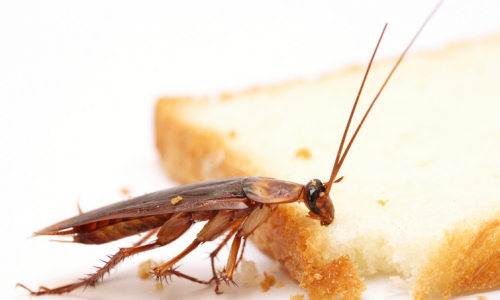It’s a computer – inside a cockroach. Nano-sized entities made of DNA that are able to perform the same kind of logic operations as a silicon-based computer have been introduced into a living animal.
The DNA computers – known as origami robots because they work by folding and unfolding strands of DNA – travel around the insect’s body and interact with each other, as well as the insect’s cells. When they uncurl, they can dispense drugs carried in their folds.
“DNA nanorobots could potentially carry out complex programs that could one day be used to diagnose or treat diseases with unprecedented sophistication,” says Daniel Levner, a bioengineer at the Wyss Institute at Harvard University.
Levner and his colleagues at Bar Ilan University in Ramat-Gan, Israel, made the nanobots by exploiting the binding properties of DNA. When it meets a certain kind of protein, DNA unravels into two complementary strands. By creating particular sequences, the strands can be made to unravel on contact with specific molecules – say, those on a diseased cell. When the molecule unravels, out drops the package wrapped inside.
Story Source:
The above story is based on materials provided by New Scientist, Sarah Spickernell.





